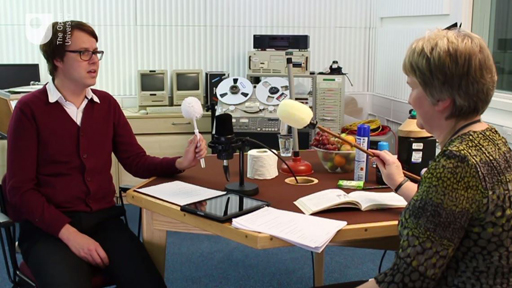Week 4: Sanitation
Introduction
Last week you learned about what the ancient Greeks and Romans put into their bodies to remain healthy, and whether that was food or something regarded as a drug or an antidote.
As with the ‘thankless’ eye remedy or the use of lead in cosmetics, some of the things they did to look or feel healthy would seem unhealthy to a modern audience. It is also now known that colostrum, which was thought bad for health, is in fact good, and it is possible to explain that wine kills the bacteria found in untreated water, even though the reasons why people in the ancient world mixed wine and water did not concern bacteria. But what about toilets and waste disposal?
This week focuses on human waste. Everyone needs to get rid of waste from their body. What were toilets like in the ancient world and what sort of evidence is there about this aspect of health? For example, according to Pliny the Elder, urine was an excellent guide to health: it should start clear in the morning and become darker as the day went on. You will examine how and why doctors intervened in evacuation, using a range of ways to purge the body and, they believed, restore health to the sick. You will encounter some unexpected toilet habits and some unusual uses for human waste, and will start to consider just how ancient hygiene worked.
To start the week, Helen King and Mathijs Lucassen discuss attitudes to toilets across the world today.

Transcript: Video 1 Toilets across the world
[LAUGHTER]
NOTE: The branded products in this video are not intended to be an endorsement and have only been used for teaching purposes; there are other products available.
